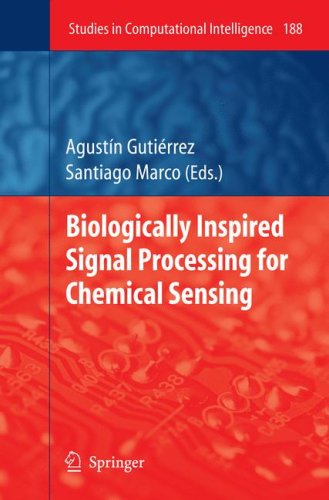

Most ebook files are in PDF format, so you can easily read them using various software such as Foxit Reader or directly on the Google Chrome browser.
Some ebook files are released by publishers in other formats such as .awz, .mobi, .epub, .fb2, etc. You may need to install specific software to read these formats on mobile/PC, such as Calibre.
Please read the tutorial at this link: https://ebookbell.com/faq
We offer FREE conversion to the popular formats you request; however, this may take some time. Therefore, right after payment, please email us, and we will try to provide the service as quickly as possible.
For some exceptional file formats or broken links (if any), please refrain from opening any disputes. Instead, email us first, and we will try to assist within a maximum of 6 hours.
EbookBell Team

4.8
44 reviewsThis volume presents a collection of research advances in biologically inspired signal processing for chemical sensing. The olfactory system, and the gustatory system to a minor extent, has been taken in the last decades as a source of inspiration to develop artificial sensing systems. The performance of this biological system outperforms in many aspects that of their artificial counterpart. Thus, the goal of researchers in this field is to understand and capture those features that make the olfactory system especially suited for the processing of chemical information. The recognition of odors by the olfactory system entails a number of signal processing functions such as preprocessing, dimensionality reduction, contrast enhancement, and classification. Using mathematical models to mimic the architecture of the olfactory system, these processing functions can be applied to chemical sensor signals. This book provides some background on the olfactory system including a review on information processing in the insect olfactory system along with a proposed signal processing architecture based on the mammalian cortex. It also provides some bio-inspired approaches to process chemical sensor signals such as an olfactory mucosa to improve odor separation and a model of olfactory receptor neuron convergence to correlate sensor responses to an odor and his organoleptic properties.